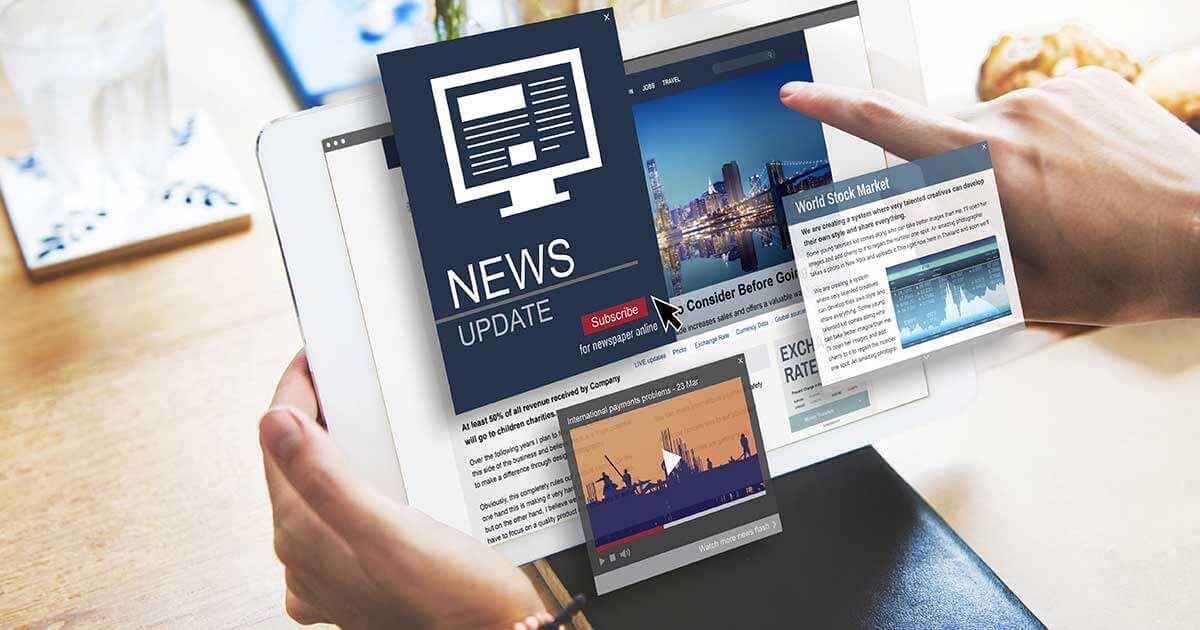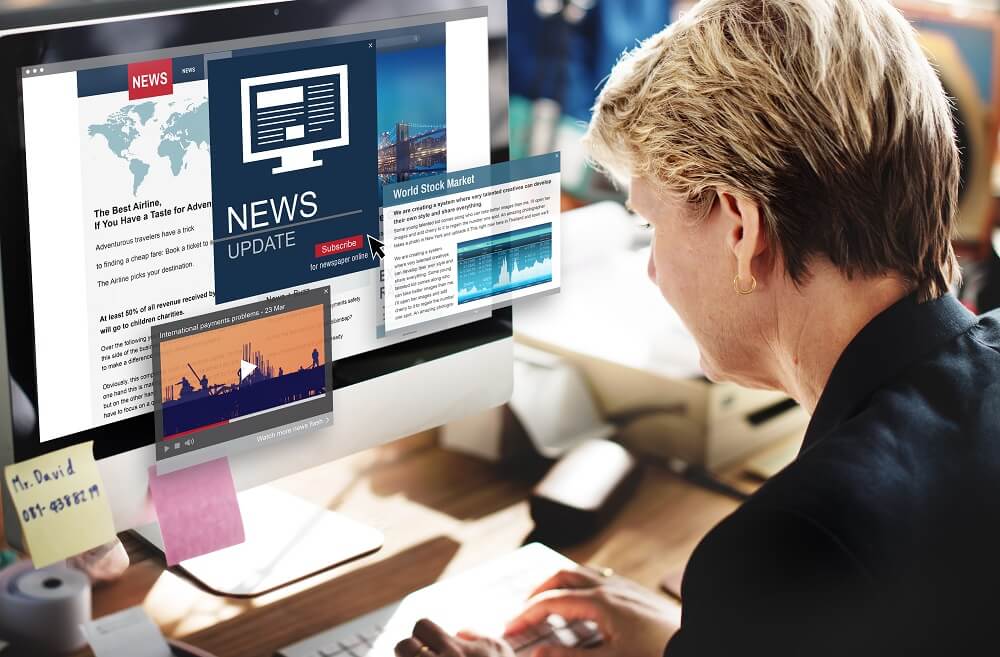9 Simple Techniques For Popular News
Table of ContentsSee This Report on Popular NewsEverything about Popular NewsNot known Factual Statements About Popular News Unknown Facts About Popular News
Age is additionally an element in the way people view the duty of social media sites. More youthful social media sites news consumers are more probable to say it has actually influenced their understanding for the far better. Regarding fifty percent of social networks news customers ages 18 to 29 (48%) claim news on social media makes them much better informed, compared to 37% of those 30 to 49, 28% of those 50 to 64, and 27% of those 65 and older.Reporters consider news worths when establishing whether or not to cover an event or statement. Arguably the most crucial element of newsworthiness is whether or not the information item being interacted influences a news electrical outlet's audience.
Closeness is necessary. Reporters are interested in things that impact their areas. Study on a state's new tax code most likely will not create the very same rate of interest throughout state boundaries. Periodically experts can help center a bigger national story that impacts greater than just a city or state. In these instances, it is essential to be in search of chances where subject specialists can supply understanding or where comparable tasks may be happening in your area.
If you are publishing newsworthy study, loophole in MarComm before the post being published so that the pitch can emphasize the newest element of the story: the publication of the study. Occasions and news that entail prominent figures are more probable to create media coverage. Sees from nationwide figures usually require months of prep work as a result of expected community interest.
Popular News Can Be Fun For Anyone
We can aid mitigate prospective reputational threat with these stories while likewise boosting the chances of generating protection. While several of the above information worths are interwoven, human interest stories commonly stand apart.
Human interest elements can add news value to various other tales that could seem lacking in the various other values. The novelty or anomaly of a situation can help influence whether or not a news electrical outlet is most likely to cover a tale. While this is not an extensive checklist, checking to see if your story or event has these high qualities prior to contacting us will aid you identify which aspects hold one of the most news value.
The study finds that slightly over half of all united state adults sign up for news in some formand approximately half of those to a paper. And as opposed to the concept that youngsters will certainly not spend for news since info on the web is complimentary, almost 4 in 10 adults under age 35 are paying for news.
There is also substantial evidence that more customers might begin to spend for information in the futureif authors can recognize them and serve them well. Half of those that do not spend for information proactively look for news and resemble clients in numerous means. And almost 2 in 10 of those who don't register for information currently suggest they are inclined to begin to pay in the future.
Indicators on Popular News You Need To Know

People are drawn to information in general for two reasons over others: A need to be informed residents (newspaper customers specifically are very encouraged by this) and due to the fact that the publication they register for excels at covering particular subjects concerning which those clients especially care - Popular News. While there are a host of factors, the No
Greater than 4 in 10 also cite the fact that loved ones register for the very same item. Greater than a 3rd of individuals claim they initially subscribed in feedback to a discount or promo. In print, individuals additionally are moved heavily to sign up for get discount coupons that save them money, something that has untapped implications in digital.

The Popular News Diaries
We asked every person that told us they have a normal complimentary source of information how likely they would certainly be to pay for it. Even more than a quarter (26 percent) say they would certainly be at the very least somewhat most likely to begin spending for itand 10 percent are extremely or extremely most likely. These likely payers often tend to be news candidates, and they also often tend to be people that already pay for an information membership along with the source they adhere to totally free.
Of those that do pay, 54 percent subscribe to papers in print or electronically, which represents 29 percent of Americans on the whole. A lot of them get a print publication along with their paper and spend for 2 to 4 Website news resources in total, some also a lot more. And while 53 percent are long-time customers (5+ years), even more than a quarter (27 percent) have bought their paper subscription within the previous year.
